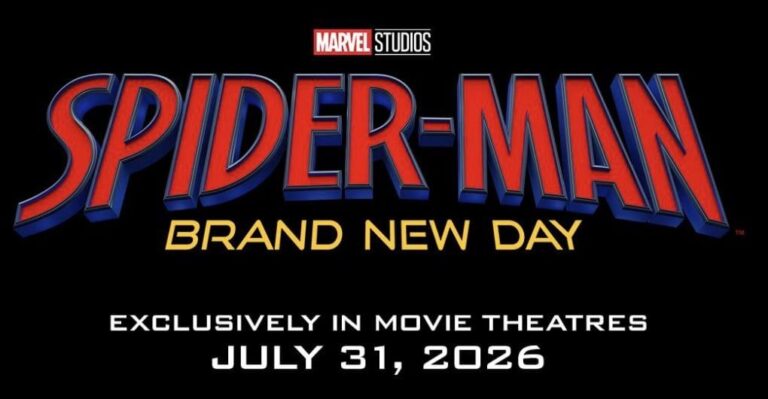Sydney Sweeney’s Americana Struggles At Box Office, But That’s Okay
When Sydney Sweeney’s latest project, Americana, opened to $500K this weekend across 1,100 theaters, the headlines quickly labeled it a “box office bomb.” For many, that total might suggest failure, especially given Sweeney’s star power and recent career momentum. However, the truth about Americana lies beneath these initial numbers. For an independently financed film, the expectations and economics operate on an entirely different set of principles compared to studio blockbusters.
Here’s why Americana isn’t the flop it may appear to be—and what it reveals about the indie film landscape in today’s market.
Understanding Indie Film Economics
Mainstream blockbusters are built for mass appeal, bolstered by sprawling marketing campaigns worth tens of millions of dollars, with distribution across thousands of screens. Indie films like Americana, on the other hand, play by different rules. Americana wasn’t intended to be a fire-breathing box office hit; instead, it was always a strategic play as part of Lionsgate’s Premiere Releasing label, which specializes in niche titles.
The film, directed by Tony Tost in his feature debut, had a modest budget, reportedly $9M from its original financier, Bron Studios. Lionsgate rescued the project after Bron’s bankruptcy in 2023, acquiring global rights for $3M. Approximately 60% of that cost was already offset by foreign pre-sales before distribution in the U.S. even began. Combined with a low marketing spend under $3M, Americana was designed to make back its budget over time through a blend of theatrical releases, premium video-on-demand (PVOD), and streaming agreements—including its eventual release on Starz through Lionsgate’s pay-one window deal.
The $500K domestic debut isn’t world-shattering, but it’s part of a calculated long game. With a projected final domestic take of $1.5M and additional PVOD revenue, industry insiders anticipate the film will turn a modest profit once all distribution windows are accounted for.
A Different Set of Expectations
One common misconception about movies like Americana is that opening weekend box office totals are always indicative of success or failure. But in the indie world, the theatrical run often serves a dual purpose beyond immediate revenue. A 1,000-theater rollout helps raise awareness for the movie and primes it for downstream revenue through digital platforms.
Consider the 30-day theatrical window that Lionsgate employed for Americana. Unlike blockbusters that land on PVOD almost immediately after release, this strategy allows the film to establish a measured presence in theaters while laying the groundwork for more lucrative online and streaming revenue.
For context, indie movies with niche creative visions have long struggled to gain a foothold in traditional theatrical distribution. Many never reach theaters at all, sidelined by streaming-first deals or shelved indefinitely due to lack of interest from major distributors. That Americana found its way to even a limited theatrical release is an achievement in a market where agency-packaged indie films often go unsold or financially collapse before hitting screens.
Why Niche Films Matter
Critics may focus on numbers, but the impact of indie films like Americana often transcends box office totals. For Lionsgate, releasing Americana was as much about building long-term creative relationships as it was about immediate profitability. Tony Tost, who debuted his talents as a director with this project, is poised to become a more significant player in the indie and studio ecosystems.
Similarly, Sydney Sweeney continues to grow as both an actor and producer, with this release serving as a bridge to larger projects. Lionsgate’s upcoming high-stakes thriller The Housemaid, set for a Christmas release, will provide a clearer litmus test for Sweeney’s ability to anchor feature-length films with broader appeal.
A Market Evolving Post-Pandemic
The reception of Americana also underlines the challenges facing indie films in the current climate. Post-pandemic film distribution has shifted dramatically, with streamers scaling back on acquisitions and distributors re-evaluating whether theatrical releases make financial sense. What remains true, though, is that indie films often find their strongest legs through curated theatrical exposure, critical acclaim, and subsequent digital performance.
Lionsgate’s approach with Americana embodies this strategy. By releasing it under its Premiere Releasing label, Lionsgate reinforced its commitment to lower-budget, high-impact projects that strengthen its library over time.
Final Thoughts
Calling Americana a box office bomb oversimplifies the nuanced economics of indie filmmaking. The $500K opening might not dazzle mainstream pundits, but in reality, it’s part of a calculated approach that maximizes long-term profitability through careful budgeting, strategic marketing, and downstream revenue.
For fans of indie cinema, Americana represents something larger than its opening weekend total. It highlights the ongoing reinvention of how smaller, artist-driven films make their mark in a blockbuster-dominated marketplace. While its box office numbers may not turn heads, its story is one of perseverance and adaptation—a hallmark of the independent film industry.







